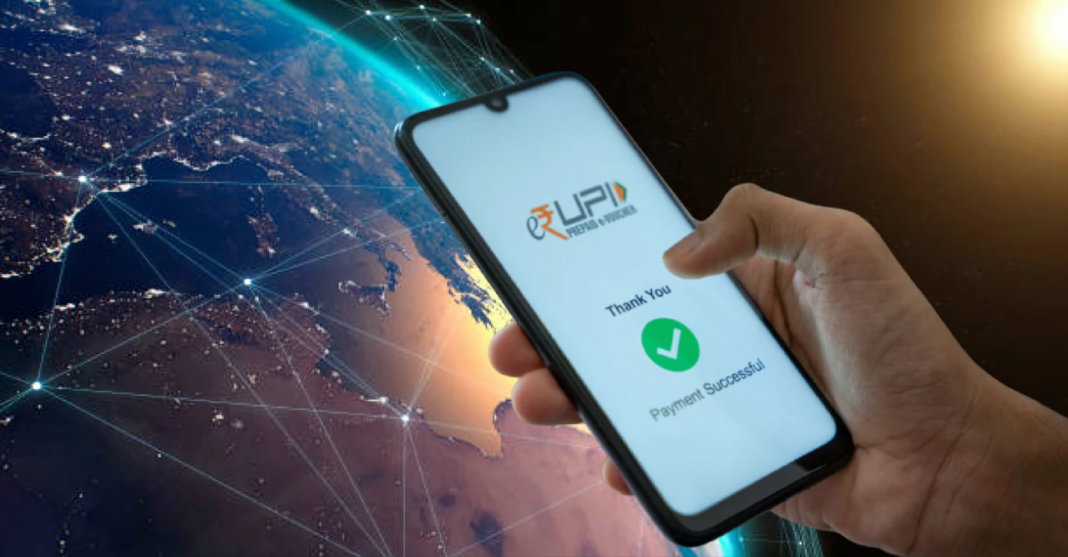Introduction
India’s journey to becoming a global frontrunner in digital payments has been nothing short of revolutionary. At the heart of this transformation is the Unified Payments Interface (UPI)—a powerful, game-changing innovation that simplified how Indians pay, transfer, and transact digitally.
Before UPI’s arrival in 2016, India’s payment ecosystem was fragmented, with wallets, cards, and online banking tools functioning in silos. UPI, developed by the National Payments Corporation of India (NPCI), unified this landscape by creating a seamless, instant, and low-cost platform for both peer-to-peer (P2P) and peer-to-merchant (P2M) transactions.
With UPI, millions of Indians gained access to a simple and secure way to pay digitally—sparking a nationwide fintech revolution.
India’s Fintech Leap with UPI
UPI emerged as the engine powering India’s digital finance ecosystem. It sparked widespread adoption of mobile banking, e-wallets, and online payments, helping India leapfrog the traditional cash-based economy.
The result? A dramatic shift towards electronic payments, with even small merchants and rural consumers embracing digital finance.
The Role of NPCI
The National Payments Corporation of India (NPCI) is the backbone of the UPI framework. Created as a non-profit body, NPCI set out to develop a scalable, secure, and interoperable payments platform that could serve a billion people. NPCI’s success lies in its collaboration with banks, fintech firms, and government bodies—ensuring UPI reached every corner of India.
The ease of UPI’s interface and direct linkage to bank accounts made it the go-to choice for digital transactions.
Why UPI Outshines Credit/Debit Cards
UPI offers significant advantages over traditional plastic cards:
-
No physical presence required
-
No swiping machines needed
-
Zero transaction fees
-
Instant payments with real-time confirmations
-
Enhanced security with two-factor authentication
While credit/debit cards are still relevant, UPI’s accessibility and cost-efficiency have made it the preferred method for millions.
The Big Players: Google Pay, PhonePe & Paytm
The widespread adoption of UPI wouldn’t have been possible without the efforts of platforms like Google Pay, PhonePe, and Paytm. These apps built intuitive user experiences on top of UPI, enabling users to:
-
Send/receive money
-
Pay bills and recharge services
-
Shop online and offline
-
Split bills and transfer to bank accounts
Their marketing campaigns, cashback offers, and merchant partnerships helped popularize UPI across urban and rural India.
Explosive Growth of UPI Transactions
What started as a few thousand daily transactions in 2016 has turned into a financial juggernaut. In 2024 alone, UPI processed over 11 billion transactions, showcasing its massive scale and trust among users.
This meteoric rise was driven by:
-
User-friendly mobile apps
-
Zero-cost transfers
-
Growing smartphone penetration
-
Merchant acceptance across the board
UPI & Digital Banking
UPI has been a catalyst for financial inclusion. By enabling seamless mobile banking, even those in rural or remote areas have access to real-time payments and banking services. Banks have integrated UPI into their apps, offering services like:
-
Instant transfers
-
UPI-based bill payments
-
QR code payments
-
Account linking via Aadhaar or mobile
This shift has empowered millions to join the formal economy.
Government’s Push for Digital Payments
The Indian government’s digital-first agenda played a major role in UPI’s success. Through programs like:
-
Digital India
-
Jan Dhan Yojana (PMJDY)
-
Zero-MDR UPI transactions
-
Incentives for merchants
… the government has supported widespread UPI adoption and accelerated the shift to a cashless economy.
Economic Impact of UPI
UPI’s influence goes beyond convenience—it has real economic impact:
-
Reduced cash dependency
-
Lower transaction costs
-
Better tax transparency
-
Boost to small businesses
-
Improved financial record-keeping
From local vendors to large enterprises, UPI has transformed how money moves in India’s economy.
📊 Key Drivers of UPI’s Success
| Factor | Description |
|---|---|
| UPI Payments | Instant, real-time, low-cost digital transactions |
| Fintech Growth | Rise of wallets, neobanks, and mobile apps |
| NPCI | Core developer and regulator of UPI |
| Cashless Push | Government initiatives to reduce cash usage |
| Better than Cards | Faster, cheaper, and more accessible |
| App Ecosystem | Google Pay, PhonePe, Paytm integrated UPI seamlessly |
| Volume Growth | From thousands to billions of transactions |
| Inclusive Banking | Financial services reaching the underserved |
| Policy Support | Incentives, zero fees, and rural outreach |
Conclusion
India’s UPI journey is a remarkable example of what’s possible when technology, public policy, and private sector innovation work in harmony. UPI has not only enabled a digital finance culture but has also laid the groundwork for other nations to replicate India’s success story.
From empowering the common man to streamlining high-volume corporate payments, UPI is more than a tool—it’s a revolution. As the world watches, India stands tall as a global pioneer in digital payments.
Frequently Asked Questions
1. What is UPI and how does it work?
UPI (Unified Payments Interface) is a real-time payment system that enables instant bank-to-bank transfers using a mobile app, UPI ID, QR code, or mobile number.
2. How is UPI different from credit/debit cards?
UPI offers real-time, no-cost digital payments without needing a physical card, while cards may include fees and require physical infrastructure.
3. Why is UPI so successful in India?
Its simplicity, zero transaction fees, mobile accessibility, government support, and backing from fintech giants have fueled its widespread adoption.
4. What is NPCI’s role in UPI?
NPCI developed and maintains the UPI platform, ensuring its security, scalability, and integration with banks and apps.
5. How does UPI support a cashless economy?
By enabling instant and secure transactions for everyone—from rural users to corporate clients—UPI has drastically reduced the reliance on cash.


